Today we’re doing another science experiment making a copper train. Kids of all ages will love doing this STEM activity and creating their very own copper train that actually moves! This is a fun and educational activity that only needs a few craft supplies. It’s perfect for younger children and older children alike! Make this copper train at home or in the classroom.

Copper Train Science Experiment
This copper train experiment is a great hands-on activity for kids. It’s engaging, encourages learning, and explores physics and classical mechanics like inertia, force, and motion.
Are you familiar with Newton’s laws of motion? The first law states that an object at rest will stay at rest, and an object in motion will continue moving at the same speed/direction unless an outside force acts upon it. This means that objects don’t just start or stop by themselves. Something has to make them move by pushing or pulling.
So, let’s explore Newton’s first law of motion with this copper train experiment.
This post contains affiliate links.
Related: Download and print our scientific method steps for kids printable!
Supplies Needed To Make This Copper Train

- Copper Wire
- 4 Small Round Magnets
- AAA or AA Battery
- Marker
How To Set Up Your Copper Train
Step 1

Carefully roll your copper wire around the marker. You want a thicker marker.

Do this for quite a bit of the wire so you’re train will have a good tunnel to go through.
Step 2

Put two magnets on both sides of the battery.
Step 3

Put the battery inside the coil. What do you think will happen?
Explanation Behind The Copper Train Experiment

So, when you put your train inside the wire it should move down the coil. But why? It’s because the battery powers the coil which in turn propels the magnets on the battery.
The magnets help connect the battery to the copper wire, kind of like making a little circle where electricity can flow. When the electricity moves through the wire, it makes an invisible force called a magnetic field. The magnets sit at the ends of this field, and because of the way everything is shaped, the field pushes on the magnets. That push is what makes the magnets—and sometimes the whole thing—move!
Because the magnets are lined up the same way, they both get pushed in the same direction. That makes the battery and magnets move together. As they move, the invisible magnetic force moves with them, so they keep going!
If you turned both magnets around, the whole thing would move the other way. But if you only flipped one magnet, the magnets would push in different directions, so the battery wouldn’t go anywhere.
Modification To The Copper Train Science Experiment

Make your coil long. Then put your train inside the coil and connect both ends to make a circle. Watch as your train goes around in circles!
Copper Coils & Speedy Trains: A Science Experiment Kids Can Build

Let's build a train that moves! Using a few craft supplies and house hold supplies and the power of science, we can make a small train that really moves!
Materials
- Copper Wire
- 4 Small Round Magnets
- AAA or AA Battery
- Marker
Instructions
- Carefully roll your copper wire around the marker. You want a thicker marker.
- Put two magnets on both sides of the battery.
- Put the battery inside the coil.
More Science Experiments From Kids Activities Blog
- Here are 50 fun and interactive science games!
- Learn more about atoms and grab atomic model worksheets here –> What is an atom?
- Learn about chromosomes and genes and grab free science worksheets for review.
- And here are tons of new science experiments for kids at home.
- Kids of all ages will love this ferrofluid science experiment.
- Printable periodic table science worksheets and lots of learning about the periodic table of elements.
- Why not try these gross science experiments too?
- Don’t miss our fun facts for kids!
- Learning the model of an atom – easy fun printables!
- We have a dancing raisin experiment for kids.
- Check out this science activity! You can make an atom.
- Learn how germs are spread.
How did your copper train turn out? Did it work?


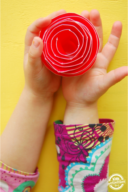




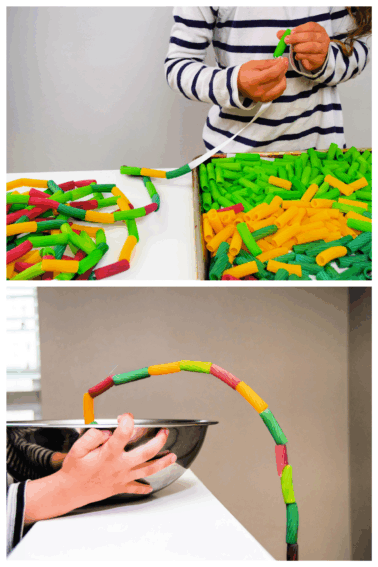
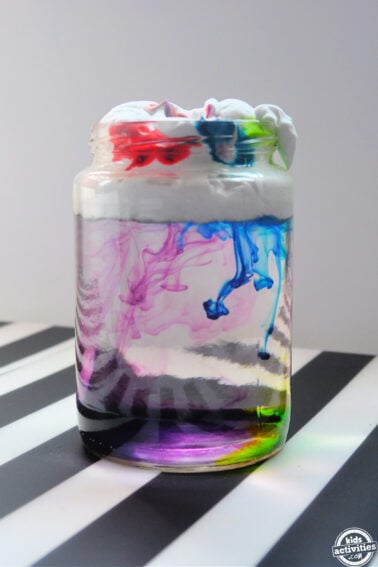
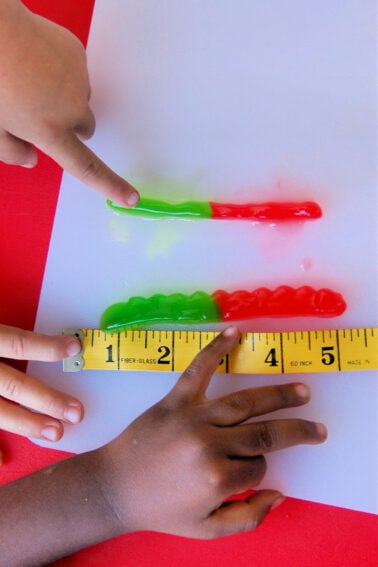
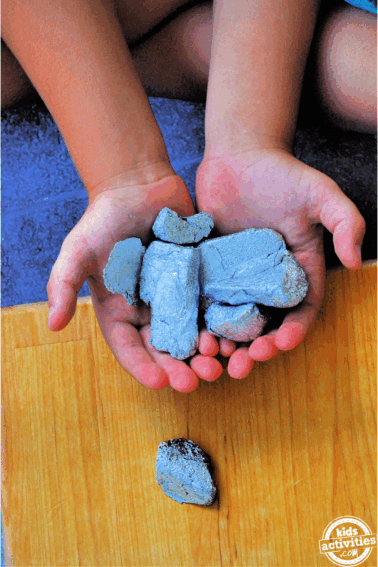











This copper train experiment is a brilliant blend of science and fun—an engaging way to introduce kids to magnetism and electricity through hands-on learning and wow-worthy results!